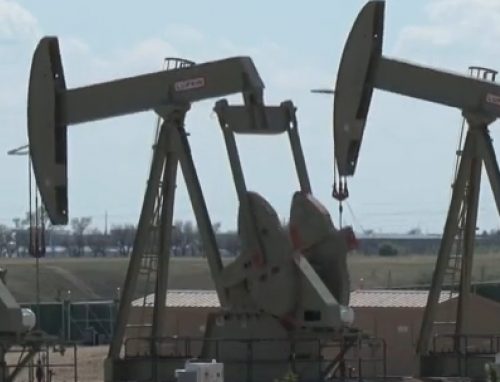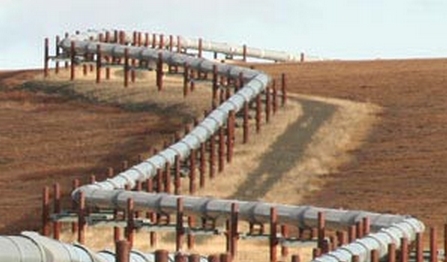“There will be substantially enhanced melting in the future—which is quite worrying,” said researchers.

Researchers in Germany and Norway said Tuesday that a major portion of Greenland’s ice sheet is “at the brink” of reaching a frightening “tipping point”—the latest sign that global heating is causing irreversible damage to the world’s glaciers and that policymakers must halt fossil fuel emissions without further delay.
According to new research published in the Proceedings of the National Academy of Sciences, the melting of the central-western Greenland ice sheet has surged over the last 140 years.
“The current and near-future mass loss will be largely irreversible. That’s why it is high time we rapidly and substantially reduce greenhouse gas emissions from burning fossil fuels and re-stabilize the ice sheet and our climate.”
—Niklas Boers, Potsdam Institute for Climate Impact Research
Niklas Boers at the Potsdam Institute for Climate Impact Research in Germany conducted the research with Martin Rypdal from the Arctic University of Norway, examining the height changes of the ice sheet since 1880 and comparing them to model simulations.
“We’re at the brink, and every year with CO2 emissions continuing as usual exponentially increases the probability of crossing the tipping point,” Boers told the Guardian. “It might have passed [the tipping point], but it’s not clear.”
The scientists concluded the ice sheet has reached a state of instability and is “close to a critical transition”—making it likely that it will continue melting at an accelerated rate even if policymakers manage to cap global heating at 1.5 °C above pre-industrial levels.
“Our results suggest there will be substantially enhanced melting in the future—which is quite worrying,” said Boers in a statement.
The researchers pointed to a cycle in which melting gradually reduces the height of the glacier and exposes it to the warmer air at lower altitudes—which in turn causes even more melting.
“This mechanism is long known, and it is one of the prime suspects for the detected destabilization of the central-western parts of the Greenland ice sheet. But we cannot exclude that other feedbacks, for example related to the albedo of the ice sheet, play an important role too,” Boers said.
Trillions of tons of Greenland’s ice have already flowed into the sea, and the melting of the entire Greenland ice sheet could lead to an eventual sea level rise of seven meters, or nearly 23 feet. It could also lead to a collapse of the Atlantic Meridional Overturning Circulation (AMOC), which keeps Europe and North America relatively warm and have “knock-on effects on the Amazon rainforest and tropical monsoons,” the researchers said.
Ice-melt equivalent to more than six feet of sea level rise is likely “already doomed to melt” over the coming centuries, Boers told The Guardian.
The researchers said that despite their fears that a climate tipping point has been reached in Greenland, significant efforts must still be made to reduce the heating of the globe by halting the burning of fossil fuels.
“Regardless of the precise interplay of the different feedbacks, we would have to considerably reduce temperatures below pre-industrial to get back to the ice sheet height levels of the last centuries,” Boers said. “So practically, the current and near-future mass loss will be largely irreversible. That’s why it is high time we rapidly and substantially reduce greenhouse gas emissions from burning fossil fuels and re-stabilize the ice sheet and our climate.”
Common Dream’s work is licensed under a Creative Commons Attribution-Share Alike 3.0 License. Feel free to republish and share widely.







